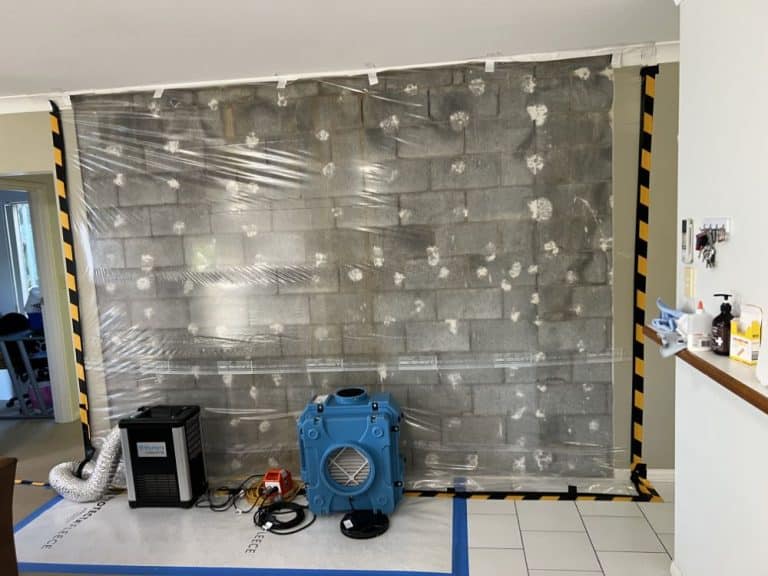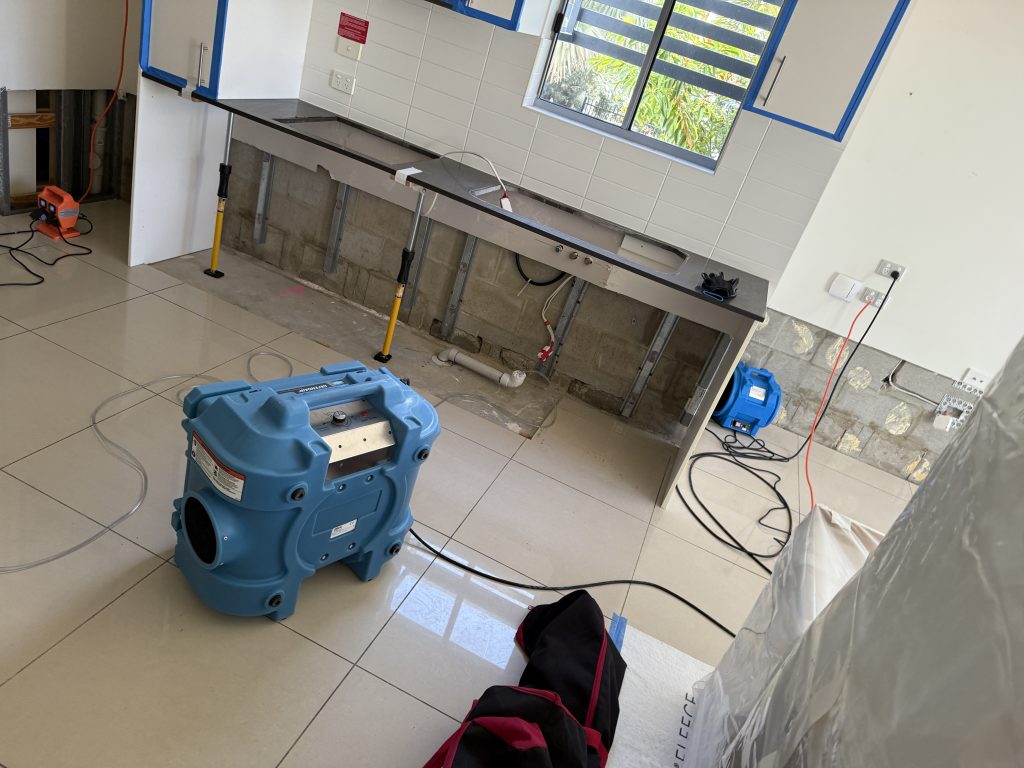Expert Structural Drying Queensland for Water-Damaged Buildings

Why drying is required? It is important to remove excess moisture from building materials due to the potential for secondary damage to occur in the form of mould growth, timber decay, expansion and contraction, loss of adhesion and glue failure in flooring systems, termites, concrete cancer and other related structural component deterioration issues such as metal corrosion and ultimate failure.
There are currently many types of construction in the domestic and commercial space, which include a vast array of building materials and finishes. Even dense materials such as concrete are hygroscopic; as a result, they will all absorb water following an event. The longer the water is in contact with the material, the potential for water penetration into the material pores increases as does the risk of material degradation.
Different material finishes such as paint, carpet tiles and other impervious items, can affect the rate of evaporation from surfaces. This all has a bearing on the release of moisture from the structure, which in turn affects drying times. It is often the case that these materials require removal in order to dry the underlying building structure.
It is also important to have a basic understanding of the law of physics – wet will always move to dry in both the air and in the material; E.g.; A material which has been unaffected directly by water, but, is in direct contact with wet structural components, will absorb moisture from the wet material until it reaches equilibrium with the adjacent material often resulting in increased moisture content.
Internal and external air humidity levels also have a bearing on drying, for example; if you open doors and windows following a loss to ventilate the structure, the internal air reaches equilibrium with the external air and drying ceases. Airflow across surfaces is required to assist with moisture evaporation from materials.

Understanding that dense materials dry at a slower rate than lightweight materials is important as it enables us to calculate approx. drying times. For example; concrete floor slab that has been wet for 2-3 days and has absorbed moisture can take 2-3 weeks to dry out properly using mechanical drying methods.
Every material dries from the surface as moisture evaporates into the internal/external environment providing that the correct conditions are achieved. We use varying types of equipment to facilitate structural drying. These range from standard refrigerant and LGR dehumidifiers, air fans, thermal energy systems and desiccant units. In each situation, a controlled and balanced drying system is paramount to prevent structural material damage due to over-drying or overheating.
Equipment requirements for each project are defined by the volume of air and the number of air changes that are required to effectively dry the building.

Knowing the size of the area, the volume of air space, how many air changes/Hr are needed and the air handling capacity of dehumidifiers, enables Pircsa staff to calculate the correct amount of equipment required for each project. By doing so we reduce the volume of drying equipment used, which in turn results in controlled and lower drying costs.

